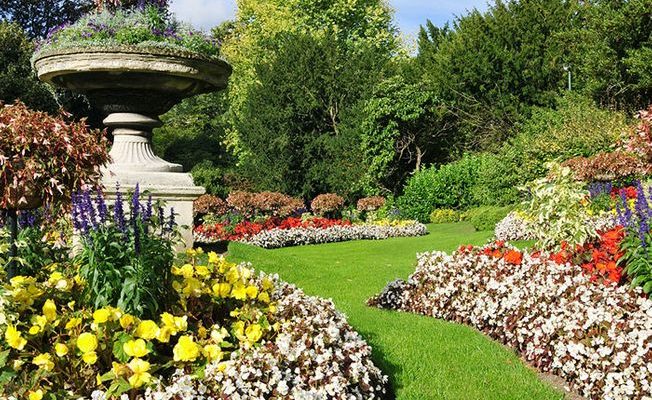Embarking on the journey of designing a garden can bring joy and fulfilment. Regardless of the size of your space, it is crucial to engage in planning to create a personalised garden that perfectly aligns with your preferences and needs.
This article aims to provide you with a guide on how to develop a tailor-made garden plan that will transform your Sunbury landscaping dream into an enchanting haven designed exclusively for you.
1. Evaluate Your Space
Before delving into the intricacies of garden planning, it is essential to assess and understand your space. Take into account factors such as the dimensions and contours of your area, the amount of sunlight it receives throughout the day, any existing plants or structures that present soil conditions well, and any potential obstacles or advantages that could influence your gardening endeavours.
2. Clarify Your Goals
Take some time to contemplate what you wish to achieve with your garden. Do you envision flower beds bursting with colour? Are you eager to cultivate your vegetables and aromatic herbs? Perhaps you desire a retreat where you can unwind amidst nature’s embrace. Clearly defining your objectives will serve as a guiding force during the stages of the planning process.
3. Determine Your Style
Every gardener possesses a sense of design aesthetics. Ponder over which style best resonates with your taste – whether it be structured elegance, laid-back cottage style charm, contemporary minimalism or even an unconventional approach that represents who you truly are. Get inspiration from magazines and websites. By visiting public gardens that are known for their distinct styles.
4. Make a List of Plant Choices
Conduct research on plant species that thrive in your area and align with your garden goals and style preferences. Take note of their maintenance needs, growth conditions (sunlight, soil type), height and width when fully grown, bloom times, and available colour palette options as their compatibility with other plants.
5. Establish Designated Areas
Planned gardens often divide the space into zones serving different purposes, such as entertaining spaces, play areas for children (if applicable), specific beds for different types of plants (e.g. decorative flowers versus edible crops), or special features, like water elements or seating spots.
6. Consider The Appeal
When designing a garden, it’s crucial to incorporate elements that provide interest throughout the seasons. Look for plants that offer foliage or blossoms during times of the year to ensure ongoing beauty even in colder months.
7. Pay Attention to Access Points and Pathways
Take into account how you and others will navigate through your garden when planning walkways, paths and clear entry points. Make sure there are pathways connecting areas within the garden while maintaining a sense of harmony with the overall design.
8. Take into Account the Maintenance Efforts
It’s important to consider the long-term maintenance requirements when creating a garden plan. Understand the time commitments associated with each plant choice and their ongoing care needs, such as watering, pruning or pest control.
9. Create a Sketch of Your Design
Now that you have gathered information, it’s time to draw your garden plan on paper or use digital tools online. Think about the proportions spacing between plants and structures and how plants may grow in size over time.
10. Adaptability
Remember that your personalised garden plan doesn’t have to be permanent. Gardens evolve as plants grow, thrive, decline or get replaced by others—embrace these changes as opportunities for renewal.
11. Consider Sustainability
In today’s world sustainability plays a huge role in garden design. Incorporate practices into your garden plan. This can include using native plant species adapted to the climate and requiring water, opting for organic gardening methods, implementing proper waste management solutions, and considering renewable energy options for lighting or irrigation systems.
12. Consider Seeking Expert Advice
If you feel overwhelmed by the process or lack expertise in garden design, it’s always an idea to reach out for guidance. Consult with landscape designers or horticulturists who can offer insights based on their experience and knowledge. They can help you make informed decisions concerning plant choices, layout considerations, soil improvement techniques and overall garden functionality.
Conclusion
Designing a garden plan allows you to bring your space to life while fulfilling your gardening aspirations. Use these steps throughout each stage of your process to ensure a design that aligns with your style preferences while maintaining practicality and reflecting your tastes. Embrace the creativity this journey offers – it’s those customizations that truly make gardens one-of-a-kind reflections of their owner’s passions!













Comments